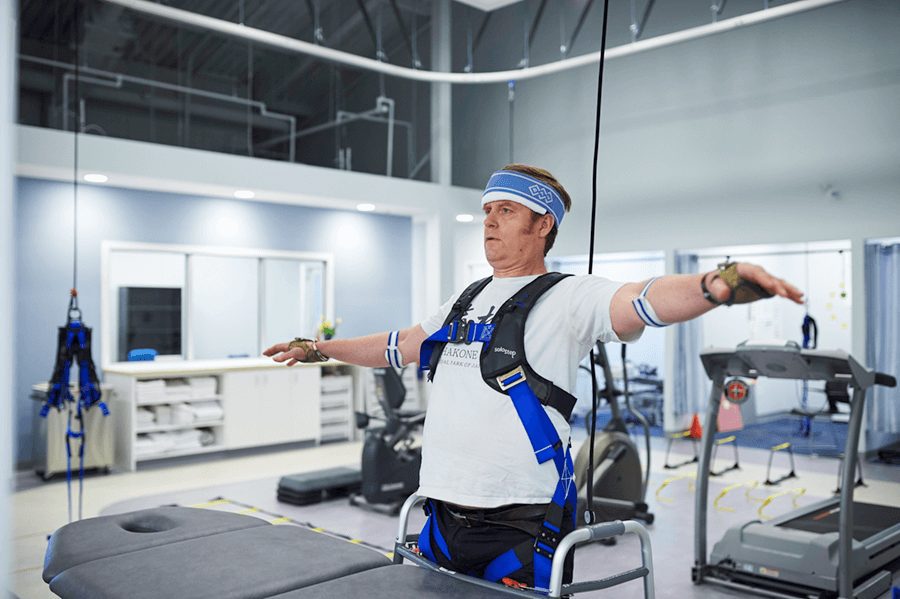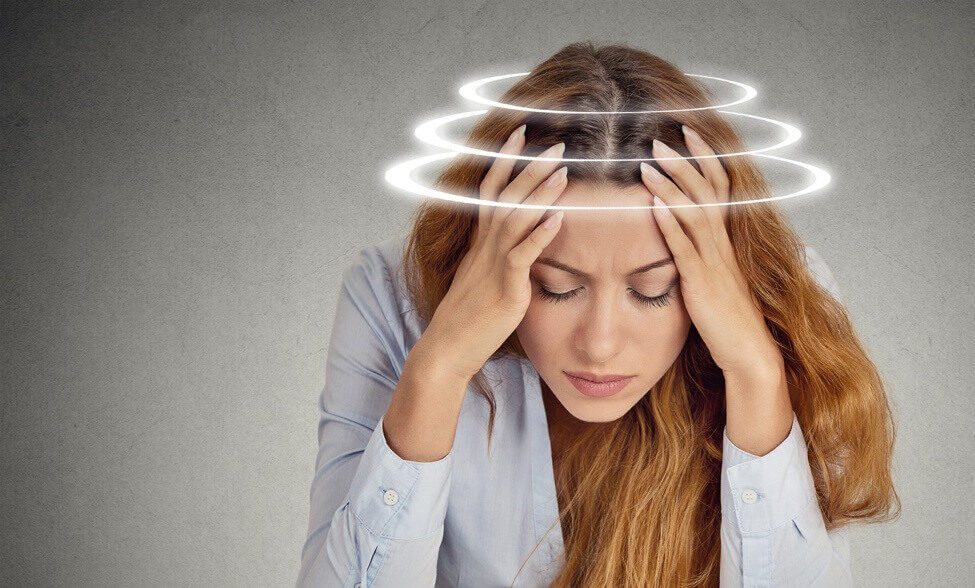Understanding Vestibular Disorders: A Guide to Symptoms and Treatments

The vestibular system is an essential part of our body’s balance and orientation. Our vestibular system is responsible for sending signals to the brain about the position and movement of our head and body. If something goes wrong with the vestibular system, a range of symptoms can occur, including dizziness, vertigo, and difficulty with balance.
Continue reading this blog post to learn about different vestibular disorders, their symptoms, and available treatments.
Types of Vestibular Disorders
There are many different types of vestibular disorders, including:
Benign Paroxysmal Positional Vertigo (BPPV)
BPPV is a type of dizziness that can occur when moving your head in certain ways. Imagine you are on a roller coaster and your head is spinning around as the ride goes up and down. That feeling is similar to BPPV.
Our ears have tiny crystals that help us stay balanced. When these crystals get loose, it can cause the spinning feeling of BPPV. BPPV can be treated by a doctor or physical therapist. They can help move the loose crystals back to where they need to be so you can feel balanced again.
Meniere’s Disease
Meniere’s Disease is a chronic condition that affects the inner ear. It can cause episodes of vertigo, which is a feeling that everything around you is moving or spinning. People with Meniere’s Disease may experience ringing in their ears, hearing loss, and a feeling of pressure or fullness in the affected ear.
Treatment for Meniere’s Disease may include changes in diet and lifestyle, medications, or surgery. People suffering from Meniere’s Disease can have a good quality of life with proper management and healthcare support.
Vestibular Neuritis and Labyrinthitis
Vestibular neuritis happens when a virus infects the vestibular nerve, sending signals from the inner ear to the brain about balance and spatial orientation. Labyrinthitis is similar but also involves infection of the labyrinth, a part of the inner ear that helps maintain balance.
People with vestibular neuritis and labyrinthitis may experience dizziness, vertigo, nausea, and difficulty focusing their vision. Medications may be used to manage symptoms. Physical therapy exercises may help improve balance and reduce dizziness as well. In most cases, proper treatment will help individuals with vestibular neuritis and labyrinthitis fully heal.
Perilymph Fistula
This condition happens when there is a hole or tear in one of the thin membranes that separate the inner ear from the middle ear. Fluid from the inner ear may leak into the middle ear, disrupting the balance and hearing functions of the inner ear.
Dizziness, vertigo, ear ringing, and hearing loss are all symptoms of perilymph fistula. These symptoms can be triggered by things like coughing, straining, or changes in altitude.
Avoiding activities and resting may improve symptoms of perilymph fistula. In some cases, surgery may be needed to repair the tear or hole in the membrane. With proper treatment, many people can fully recover and return to their normal activities.
Symptoms of Vestibular Disorders

Symptoms of vestibular disorders vary depending on the type of disorder and its severity. Some common symptoms are:
- Dizziness
- Lightheadedness
- Vertigo (a sensation of spinning)
- Difficulty with balance or coordination
- Nausea or vomiting
- Ringing in the ears (tinnitus)
- Hearing loss
- Sensitivity to light or sound
- Anxiety or depression
Some vestibular disorders can cause more severe symptoms than others. For example, Meniere’s Disease may cause prolonged episodes of vertigo that can last for several hours or days. Be sure to talk with your doctor if you are experiencing any of these conditions.
Treatments for Vestibular Disorders
Vestibular Rehabilitation Therapy (VRT): This is a specialized form of physical therapy that involves exercises designed to improve balance while reducing symptoms of dizziness and vertigo.
During VRT, a physical therapist will work with patients to perform exercises and activities that will help them improve their balance and reduce their symptoms of dizziness. Some exercises may include head and eye movements, balance exercises, and walking exercises on different surfaces.
Medications: Depending on the type of vestibular disorder, medications may be prescribed to help manage symptoms.
Surgery: In rare cases, surgery may be required to correct structural issues within the inner ear.
Lifestyle Changes: Making certain lifestyle changes may help manage symptoms. Avoiding certain triggers like caffeine or alcohol may help reduce symptoms. Getting enough rest can also help manage symptoms.
With the right treatment, many vestibular disorders can be managed to live a normal life. If you’re experiencing symptoms, it is important to see a healthcare professional that can diagnose and recommend treatment for these conditions. With the right care and support, many vestibular disorders can be managed to help improve balance and quality of life.
